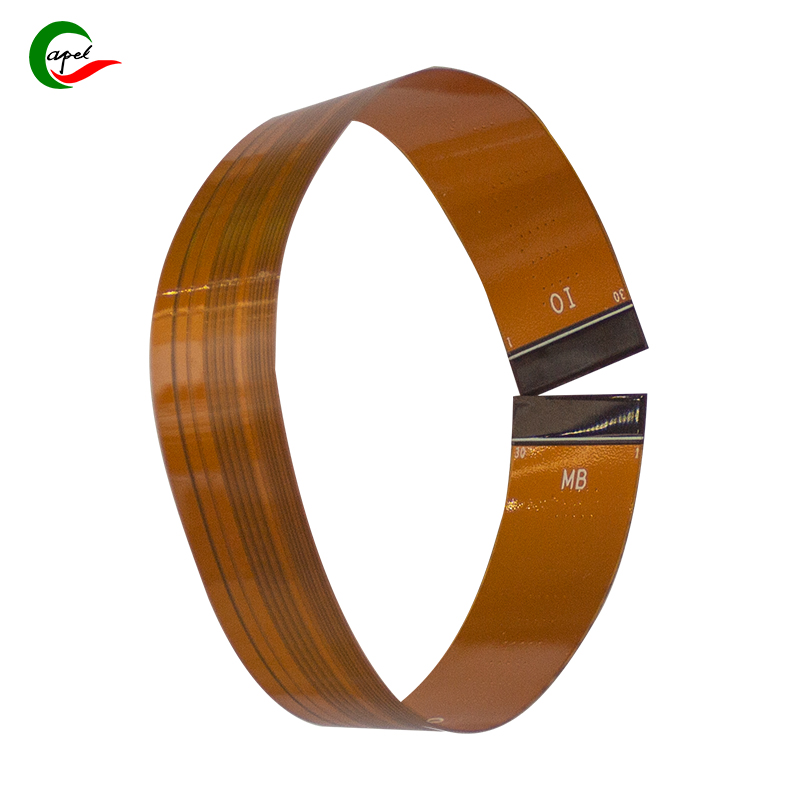In this blog post, we’ll explore the size and shape limitations of flexible circuit boards and how these limitations impact design choices.
Flexible circuit boards, also known as flexible PCBs, have revolutionized the electronics industry with their unique ability to bend and adapt to various shapes. These flexible boards open up new possibilities for designing smaller, lighter, and more versatile electronic devices. However, as with any other technology, there are certain limitations that need to be considered when using flexible circuit boards.
Size restrictions of flexible circuit boards:
Flexible circuit boards have huge advantages over rigid PCBs when it comes to size. Their flexibility allows for compact designs and the ability to fit into tight spaces. However, there are some size restrictions to keep in mind.
1. Width and length: The width and length of the flexible circuit board are determined by the size of the substrate material used. Common materials such as polyimide or Mylar often come in standard sizes, limiting the maximum width and length of the circuit board. These standard dimensions may vary depending on the manufacturer, but typically range from a few inches to several feet.
2. Thickness: Flexible circuit boards are usually thinner than rigid circuit boards. The thickness of a flexible PCB is determined by the substrate material and the thickness of any additional layers, such as copper traces or solder mask. These components increase the overall thickness of the board and must be considered during the design process. Thinner boards offer more flexibility but may be more susceptible to damage.
Shape restrictions of flexible circuit boards:
Flexible circuit boards are highly versatile in shape. Their ability to bend and conform to a variety of geometries enables innovative designs. However, there are still some shape constraints that need to be considered.
1. Bending radius: Bending radius is an important factor to consider when designing flexible circuit boards. It refers to the minimum radius of curvature that a circuit board can withstand without damaging traces or components. The bend radius is determined by the thickness and material properties of the substrate. Generally speaking, the thinner the board, the smaller the bending radius. The manufacturer’s data sheet or guidelines should always be consulted to ensure that the board’s flex limits are not exceeded.
2. Complex shapes: While flexible circuit boards can bend and fold, creating complex 3D shapes can be challenging. Sharp angles, complex folds, or multiple complex curves can stress the board’s material and compromise its integrity. Designers must carefully consider the limitations of the material and ensure that the desired shape can be achieved without risking failure.
Optimize design with flexibility in mind of flexible circuit boards:
Despite their limitations, flexible circuit boards offer many advantages. To ensure an optimal design, size and shape constraints must be considered from the outset. Here are some tips for optimizing your flexible PCB design:
1. Check with the manufacturer: Each manufacturer may have slightly different size and shape restrictions. It is critical to consult with your chosen manufacturer early in the design process to understand their specific limitations and design accordingly.
2. Utilize simulation tools: There are a variety of simulation tools that can help analyze the physical behavior of flexible circuit boards under different bending conditions. These tools can help determine bend radii, stress concentrations and potential failure points, allowing designers to make informed decisions.
3. Planning flexibility: When designing with flexible PCBs, it is wise to incorporate additional design elements to enhance flexibility. For example, providing adequate spacing between components and traces can make it easier for the board to bend without causing damage or shorting.
In conclusion, while flexible circuit boards offer many advantages, it is critical to remember their size and shape limitations. By understanding and working within these constraints, designers can create innovative and reliable electronic devices. With proper planning, consultation with manufacturers, and utilization of simulation tools, flexible PCB design can successfully push the boundaries of size and shape to create efficient and superior electronic products.
Post time: Sep-21-2023
Back







